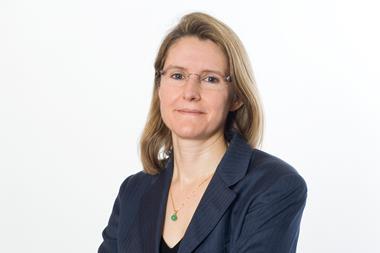Spain’s left-leaning coalition government is planning to introduce an auto-enrolment system for pension saving, mimicking some aspects of the UK NEST system.
The government first revealed its intentions last year, and has now committed in the 2021 general budget law to pass legislation before the end of 2021, with first contributions into the system being made in late 2022.
Little detail has been announced; informal discussions are continuing between the government, unions and the pensions and asset management industries and unions.
The plans – aimed at the self-employed and small and medium-sized enterprises (SMEs) – underline the government’s belief that private retirement savings are likely to succeed on a collective rather than an individual basis.
Last year, the government dramatically reduced the annual contribution limit for individual plans (Pillar 3) from €8,000 to €2,000 per year. Meanwhile, it raised the contribution limit for corporate pension plans (Pillar 2) from €8,000 to €10,000 per year.
The changes took effect from January 2021.
“The new [auto-enrolment] law is intended to provide that all the active population will have to contribute part of their salary into this pension scheme, and company contributions will also be mandatory,” David Cienfuegos, head of investments, Continental Europe, Willis Towers Watson, told IPE.
“It’s a good idea,” he added. “At present, only the larger companies provide pension schemes.”
The government has committed to growing the system to reach 9% of GDP ($130bn in assets) covering 13 million people by 2030, as part of its response to European Commission requirements to provide recovery funds for Spain, following the pandemic.
At end-March 2021, Pillar 2 assets amounted to €36bn, according to the country’s Investment and Pension Fund Association (Inverco).
The new Spanish public pension fund will be government-sponsored but privately run in terms of fund management and administration, prime candidates being the banks and insurance companies.
The national framework will be administered by a single pensions manager, but the asset management will be outsourced to a limited number of approved fiduciary managers, possibly with each one responsible for a different risk profile.
It is not yet known if there will be a default option.
But Cienfuegos said there has been no clarity on how the investment management will work, although company sponsors will decide which manager to appoint.
A public tender will take place next year.
Meanwhile, the government also intends to set up a digital platform allowing members more control over their individual plans.
Cienfuegos suggested that while the basic proposal is being driven by the federal government, the scheme might operate on a sector-specific basis agreed by the unions and government.
He also said that the model is likely to include a board of trustees for each scheme, to include independent members.
Nacho Hernández Valiñani, chair, Pensions Caixa 30, told IPE: “It’s good news – it will be more efficient for people to save for retirement through corporate pension plans.”
He also believes the new scheme’s structure will improve on current rules.
“We think the level of responsibility and independence of asset owners should be greater,” he said. “The new model will include a board of trustees for the whole scheme, and the mandate tenders will be launched under European regulations. The government wants to copy the north European model, which is good.”
And Hernández Valiñani thinks that auto-enrolment will be a harbinger of further developments.
“We’re seeing a real revolution in the Spanish pensions industry,” he said. “At present, corporate pension fund managers have to be Spanish. We also cannot appoint independent members of a board of trustees. But we think that’s going to change.”


















No comments yet